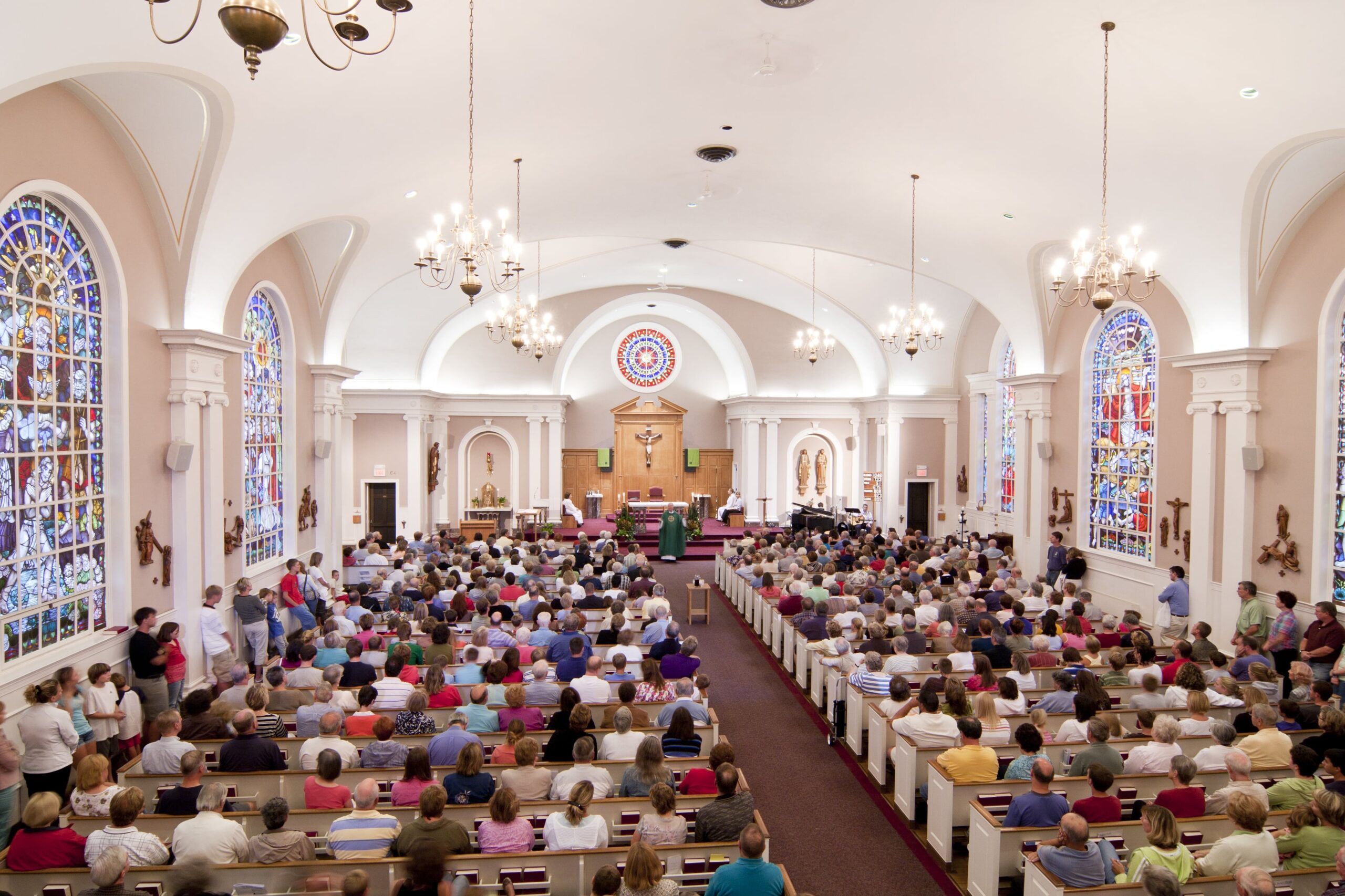How will church outreach change during the “new normal”?
This is my new blog about using MissionInsite™ for community research and church development. Available exclusively to ACS Technologies® and MissionInsite subscribers. I hope you will join regularly as we explore how churches can become really relevant to the people within their reach.
Thank you for your question.
It is a particularly urgent one because the health pandemic has highlighted longstanding issues with racism. Racism leads to poverty and oppression. Pandemics thrive among the poor and most vulnerable.
The collateral damage is not only economic but spiritual. We may not create the disease, but society’s self-destructive habits encourage it to spread and make it more difficult to defeat. Both during and after the pandemic, social unrest is going to be intense. Both the Christian message and Christian behavior are more relevant than ever. Our words and actions must be consistent. Evangelism and social action are two sides of the same coin.
The MissionImpact Mosaic Application Guide defines seven distinct outreach priorities for each of the 71 lifestyle segments in America today. Here is what the “new normal” will look like in each category.
-
Survival
Homelessness and hunger will get worse. Particularly among minorities and immigrants, as the economic recession deepens. Churches already involved in survival ministries. They should prepare now for a new wave that can overwhelm their physical and volunteer resources.
-
Health
COVID-19 is bad enough, but the collateral effect on delayed medical treatments for many other diseases will be significant. Churches will need to increase outreach related to wellness, support clinics, and add health professionals like Parish Nurses to their staff.
-
Addiction
Addictions to alcohol and other substances are already spiking, and social distancing can undermine the mutual support networks so vital to recovery. Churches need to renovate space so that addiction intervention groups like AA can meet safely, and develop virtual networks for mentoring.
-
Quality of Life
Public safety and personal security will become more urgent as domestic violence, child abuse, crime, and other social evils increase in every demographic context (urban, suburban, small town, and rural). Churches will need to intentionally monitor the personal and family stress of both members and neighbors.
-
Human Potential
Public education will become much more complicated, particularly for poorer households and single-parent families. Sunday schools may simply disappear. Virtual, home-based Christian education will require new teacher training and interactive curricula, and budgets once spent on books will finance home computers.
-
Interpersonal Relationships
Both the reality and fear of disease will undermine fellowship and “starve” young and old for intimacy. Small groups will become more important than large groups, a necessary adjunct to all worship, seamlessly virtual and physical, and require higher standards for leadership training and rigorous accountability.
-
Human Destiny
Social upheaval leads to personal spiritual crises as careers go inert and upward mobility for even the most deserving becomes difficult. As people feel increasingly lost, lonely, depressed and trapped, every church member needs to become a leader of hope and role model of courage for their families and neighbors.
Churches, too, will have limited volunteer and financial resources in the future. They can no longer afford to fritter away outreach budgets. They need to consolidate their resources and focus on the key activities that will “leverage” the most social change in their mission field. You can use MissionInsite to map your community, define the most urgent needs for lifestyle groups within your sphere of influence, and locate exactly when, where, and how vital outreach ministry can be delivered.
So what now?
Perhaps the biggest challenge for churches in the “new normal” is that the outreach methods of the past are no longer suitable for the urgency of present needs.
In the past, churches relied on education, creating study groups, promoting books, sending people to workshops and seminars, in order to increase awareness. What is needed now is not education but immersion. Just as you learn a language by living in another culture, so also you do good work by experiencing the daily routines and challenges of any lifestyle segment within your reach but not included among your friendship circle.
In the past…
In the past, churches relied on representation, electing committees, and appointing task groups to speak and act in their behalf. What is needed now is not a committee or task group but personal interventions. Every single member becomes an agent for change by courageously intervening to block bigotry, denigration, and even the smallest abuses they see in the course of daily living. Every member needs to have the courage to say “No!”
In the past, churches concentrated on advocacy, defending ideologies, and lobbying for policy change. What is needed now is less advocacy and more reconciliation. In a time of polarization, when voices of anger and judgment dominate social media and personal confrontation, churches need to shift gears and focus more on building relationships and finding common ground.
In the past, the goal of much outreach was to generate agreement with dogmas, ideologies, and points of view. What is needed now is practical coaching for faithful living. There are too many unknowns and perpetual ambiguities in daily life to achieve universal agreement. Family dynamics are too complicated, communities too diverse. Helping people experience love, joy, peace, patience, kindness, generosity, gentleness, and self-control is more doable.
As the civil rights movement slowed down in recent decades, church people have been prone to write a check and send a committee to meet human needs while they stayed at home reading books and debating the number of angels on the head of a pin. That must change in the post-pandemic “new normal” if the church is to be relevant to emerging generations.
I welcome any and all questions about using MissionInsite for ministry planning and leadership development.
You can reach me at tbandy@acst.com.
Read More:
BUILD BI-RACIAL EMPATHY IN YOUR CHURCH WITH MISSIONINSITE
HOW TO USE PRE-DEFINED REPORTS TO GROW YOUR CHURCH
WHAT IS A “LIFESTYLE SEGMENT” AND WHY SHOULD I CARE?
PROBABILITIES, LIKELIHOODS, AND REALITY TESTING IN YOUR CHURCH’S COMMUNITY




